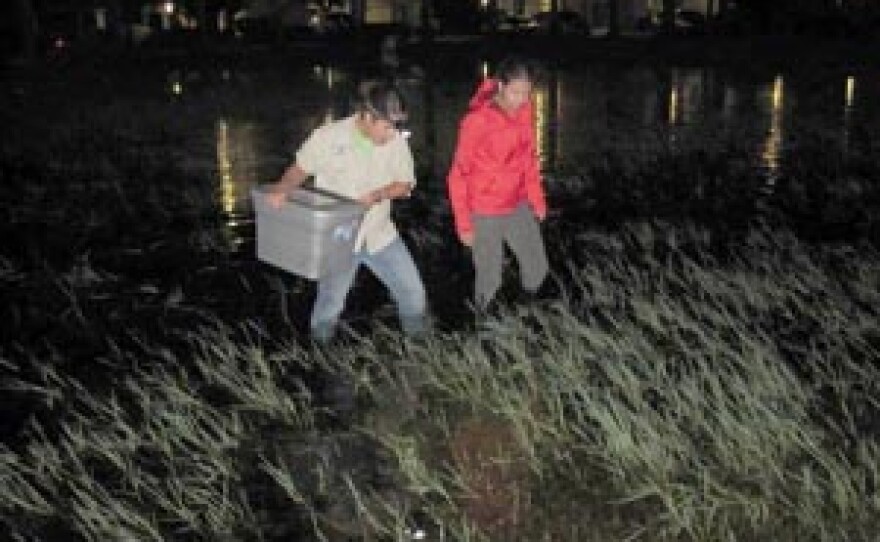Sanibel wildlife officials are dealing with an invasive and toxic species of toads recently discovered on the Southwest Florida Island.
These “cane toads” are invasive and toxic giant toads from South America.
The toads were first located near Middle Gulf Drive and Fulgar Street.
Chris Lechowicz, the Director of Wildlife Habitat Management at the Sanibel-Captiva Conservation Foundation, said his group is trying to figure how far the population has spread so far.
“We have located them in at least two other places now-- possibly three,” he said. “So, they may be more widespread than we thought.”
Lechowicz said if residents do spot them, they should steer clear because the toad excretes a toxin called “bufotoxin,” which can be irritating and deadly to smaller wildlife and pets.
“Some dogs will find these toads hopping around in the backyard and will grab that toad and put it in their mouth and then it will ooze all the toxin out into the mouth,” he explained. “And from what I have heard from pet owners that this has happened to and vets that have had to treat dogs like this is that this is a horrific death for the dogs.”
According to a press release, humans have also died from coming in contact with this toad.
The tadpoles are also toxic and even though it’s unusual for toads to eat non-living food, these giant toads will even eat pet food.
Lechowicz said the invasive toads were likely transported to the island in mulch, pine straw, sod or plants.
If you see or hear a giant toad on Sanibel or Captiva, you can report it to the Sanibel-Captiva Conservation Foundation at 239-472-3984.
Officials say taking a picture of the toad will also be helpful, because it can help them verify the toad’s species.



